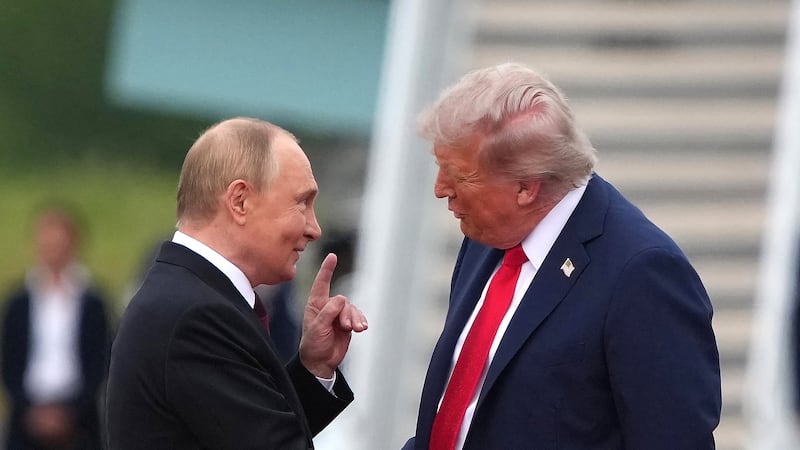They were perhaps history's most famous suicide bombers, a squad of doomed young pilots who crashed their aircraft into second World War Allied ships. Now Japan wants to immortalise its kamikaze pilots by enshrining their final letters as UN world heritage items.
The city of Minami-Kyushu, where many of the pilots were trained, says it has sent 300 suicide notes to Unesco’s Memory of the World Register programme in Paris. “We want to remind people of the horrors of war,” said city spokesman Takeichi Kawatoko. If the move is successful, the letters will be listed just ahead of the war’s 70th anniversary next year.
Chinese anger
But the application has triggered a furious reaction in China, which said it could pave the way for a similar status for Adolf Hitler's
Mein Kampf
. "Kamikaze suicide attackers were an insane creature of Japan's past militarism," said the official Xinhua news agency, which called the pilots "fanatic spiritual followers of Japan's war machine".
Japan’s military government drafted the pilots, many of them teenage college students, to fly bomb-laden aircraft into American ships, as the end of the second World War approached in 1944/5. About 4,000 died in a doomed attempt to reverse the war’s fortunes. Hundreds of ships were sunk or damaged.
'Patriotic fervour'
Japanese nationalists eulogise the pilots as super-patriots who willingly gave their lives for their country and wartime Emperor Hirohito, but critics say many felt pressurised into volunteering. "Some were carried away by patriotic fervour but most didn't want to die," says Emiko Ohnuki-Tierney, a Japanese author who has written two books about the kamikaze. "They were summoned and asked to step forward. What could they do – say no to the country and the emperor?"
Mr Kawatoko insists such views are “mistaken.” “There was not a single pilot in there who didn’t want to die. Perhaps according to our modern values it’s difficult to understand, but 69 years ago they knew they were soldiers who chose that road, and that it was their mission to sacrifice their lives.”
Unesco started the World Heritage list in 1992 to preserve what it calls the legacy of the past for future generations.













